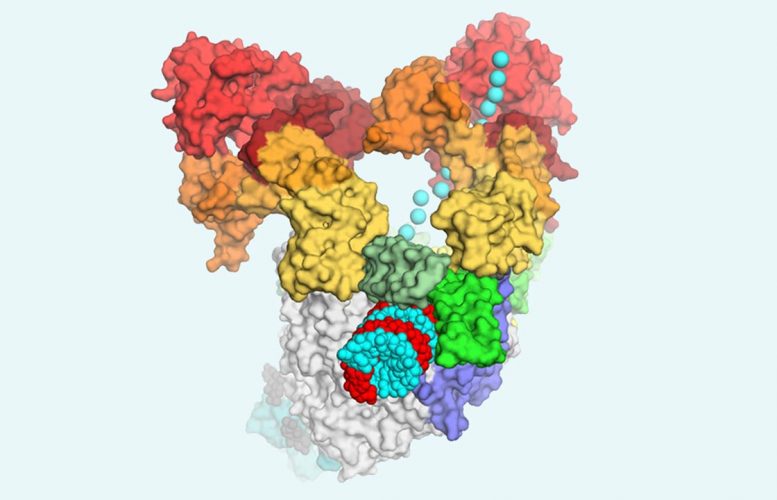
Two essential enzymes coordinate to read and copy SARS-CoV-2 genetic material (shown as blue spheres). Credit: Rockefeller University
Exactly how viruses replicate is a complex puzzle with many missing pieces. And in the age of the pandemic, solving it has become a matter of acute urgency.
Figuring out the details of the fundamental copy operations that make one virus into thousands more could give scientists a significant leg up in discovering novel drugs that smother SARS-CoV-2 and stop infection in its tracks.
In a new study published in the journal Cell, Rockefeller scientists provide a crucial piece of the puzzle: an atomic-level resolution view of SARS-CoV-2’s replication system. “We now have an additional structural template that can be really helpful for drug developers trying to find new compounds that could get into this molecular machine and make it stop,” says Elizabeth Campbell, a research associate professor at Rockefeller.
Multipart machinery
Like many other viruses, the coronavirus copies its genetic material with the help of an enzyme as complex as what its name may suggest: the RNA-dependent RNA polymerase, or RdRp. Because it is absolutely essential to viral replication, this machinery is thought to be a promising target for antiviral drugs. In fact, some existing antivirals, as well as several new candidates under investigation specifically for COVID-19 act on RdRp—including remdesivir, which is currently being used in several countries for treatment of severe cases.
These antiviral drugs try to lodge into nooks and crannies of the giant RdRp molecule, like clogs inside its gears, bringing the machine to a halt. To pull this off, a compound needs to be exceptionally precise—which means that scientists trying to design a successful compound need the most detailed picture of the RdRp they can possibly get.
Further complicating matters is the fact that RdRp doesn’t work alone. It joins hands with a number of other proteins, including another crucial enzyme called the helicase, which in its own right is a promising target for COVID-19 drug discovery. This tight cluster of RdRp and associated proteins is “likely what the enzyme looks like outside the lab and in its native environment, inside an infected cell,” says James Chen, a postdoctoral associate in Seth Darst’s lab and one of the study’s first authors.
Using a powerful imaging technique called cryo-electron microscopy, Darst and Campbell’s team, and their collaborators in the labs of Brian Chait and Tarun Kapoor, were able to show what exactly this multipart machine looks like. One piece of good news: Even when they form a complex, the cavities of the RdRp or the helicase don’t change shape, so molecules designed to inhibit these enzymes in isolation may still work on the duo. What’s more, the image reveals several previously unknown sites in the machine that may be vulnerable to drugs—including one spot at the interface between the two enzymes, a joint that could be potentially dismantled by an interfering molecule.
Cracking the coronavirus and more
The new findings could improve human health in a number of ways. In the case of COVID-19, as scientists around the world are racing to find antiviral molecules, the new data might significantly speed up their work. In particular, the unprecedented resolution at which the team produced their 3D map of the RdRp-helicase complex will aid computational studies in which researchers explore the function of drug candidates “virtually,” based on their knowledge of the chemical structure of the molecules.
“When one is looking for molecules that can lodge into a particular binding pocket, having a detailed picture of what that pocket looks like greatly improves the computational docking precision,” says Brandon Malone, a graduate student at Rockefeller and the study’s co-author.
Beyond COVID-19, the new findings might also help scientists narrow down their ideas about how exactly the two enzymes read and copy genetic material in all so-called RNA viruses, a vast group of pathogens including everything from coronaviruses to dengue, Ebola, and the common flu.
“Now we’ll be able to not only propose models for the mechanics of viral replication, but also actually test those models,” says Chen.
Reference: “Structural Basis for Helicase-Polymerase Coupling in the SARS-CoV-2 Replication-Transcription Complex” by James Chen, Brandon Malone, Eliza Llewellyn, Michael Grasso, Patrick M. M. Shelton, Paul Dominic B. Olinares, Kashyap Maruthi, Edward T. Eng, Hasan Vatandaslar, Brian T. Chait, Tarun M. Kapoor, Seth A.Darst and Elizabeth A. Campbell, 28 July 2020, Cell.
DOI: 10.1016/j.cell.2020.07.033

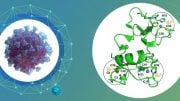


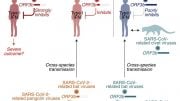
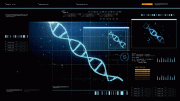
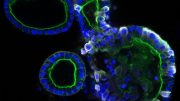
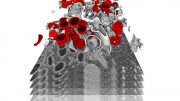
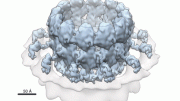
Be the first to comment on "Complex Puzzle Revealed: Never-Before-Seen Image of the SARS-CoV-2 Coronavirus Copy Machine"